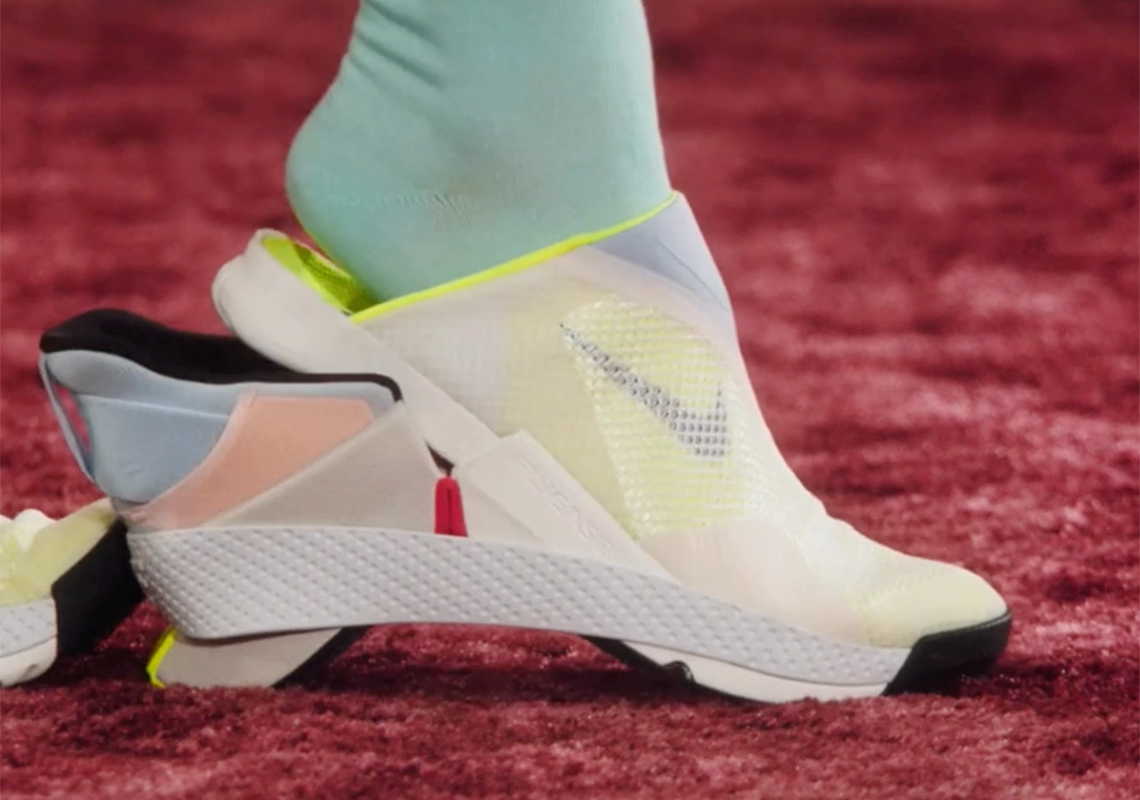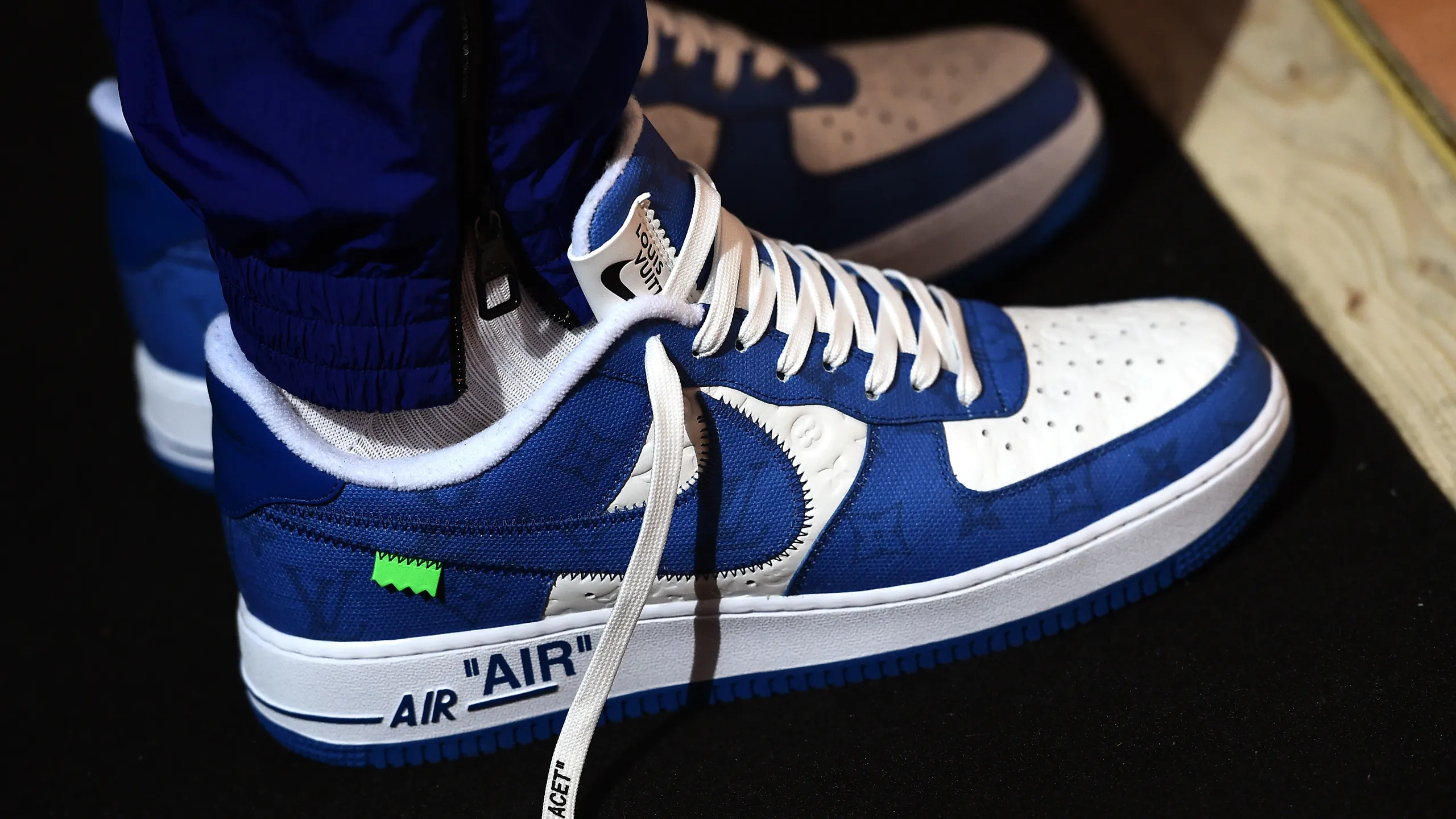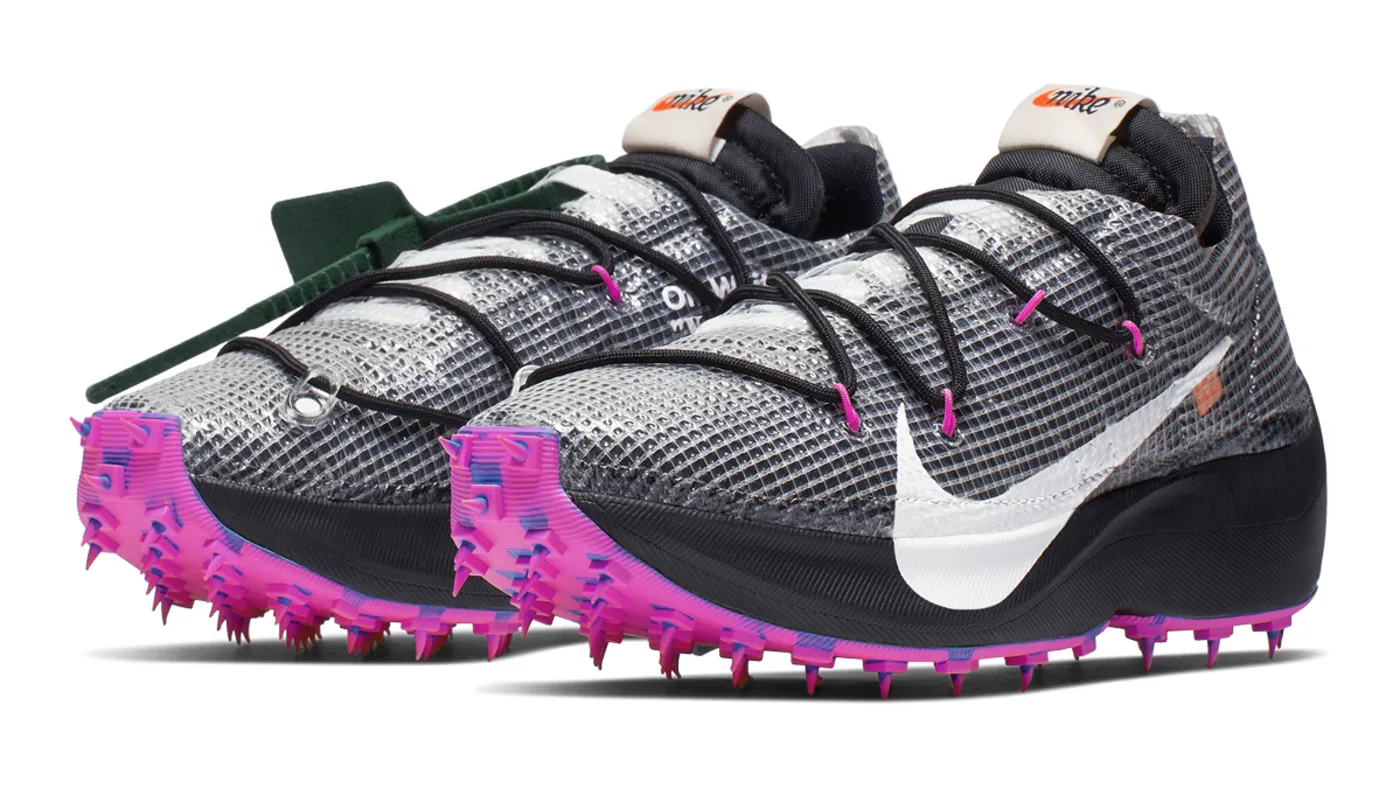Brief Description of Nike
Nike is a multinational corporation specializing in the design, development, manufacturing, and marketing of athletic footwear, apparel, equipment, and accessories. It is one of the world’s largest and most recognizable sportswear brands. Nike was founded in 1964 as Blue Ribbon Sports by Bill Bowerman and Phil Knight, initially operating as a distributor for the Japanese shoe company Onitsuka Tiger. In 1971, the company rebranded as Nike, named after the Greek goddess of victory.
Nike’s success can be attributed to its innovative designs, cutting-edge technology, and marketing prowess. The company has a strong focus on performance and has collaborated with numerous athletes and sports teams to develop and endorse its products. Some of the most iconic Nike product lines include Air Jordan, Air Max, and the Flyknit series.
Over the years, Nike has expanded its product offerings beyond athletic footwear to include apparel, accessories, and equipment for various sports and activities. The company has also made significant investments in sustainability initiatives and has been working towards reducing its environmental footprint.
Nike operates a global retail network, including company-owned stores, brand-specific websites, and partnerships with authorized retailers. It has a strong presence in both physical retail locations and e-commerce platforms, allowing customers to purchase its products worldwide.

Overall, Nike has established itself as a leading brand in the sportswear industry, synonymous with performance, style, and innovation. It continues to be a dominant force, shaping trends and influencing the athletic footwear and apparel market.
Innovation in Nike Products
Nike is renowned for its continuous innovation in product design and technology. Here are some notable innovations in Nike products:
- Air Cushioning: Nike revolutionized the footwear industry with the introduction of Air cushioning technology in 1979. Developed by aerospace engineer Marion Frank Rudy, Air cushioning provides lightweight and responsive cushioning by trapping pressurized air within flexible polyurethane pouches embedded in the midsole.
- Flyknit Technology: Nike’s Flyknit technology, introduced in 2012, is a lightweight and formfitting textile upper construction. It uses precise engineering and computerized knitting techniques to create a seamless, sock-like fit that reduces waste and enhances breathability and flexibility.
- Nike Air Max: The Air Max line, first introduced in 1987 with the Air Max 1, featured a visible Air cushioning unit in the midsole. It not only provided cushioning but also allowed people to see the technology in action, becoming an iconic design element of Nike footwear.
- Nike Free: Nike Free shoes were designed to mimic the natural motion of barefoot running. They feature a flexible sole and a lightweight upper, allowing for a more natural and unrestricted foot movement.

- Nike Zoom Air: Zoom Air technology offers lightweight and responsive cushioning specifically tailored for high-performance running shoes. The Zoom Air units are low-profile, tightly stretched fibers filled with pressurized air that provide excellent energy return and impact protection.
- Nike React Foam: React Foam is a proprietary cushioning material introduced by Nike in 2017. It offers exceptional energy return, durability, and responsiveness. React Foam is lightweight and provides a comfortable and cushioned ride in various athletic shoes.
- Nike FlyEase: Nike FlyEase is an innovative design that focuses on accessibility and ease of use. It incorporates easy entry and exit mechanisms, such as zippers, straps, and magnetic closures, to make putting on and taking off shoes easier for individuals with limited mobility.
- Nike Adapt: Nike Adapt is a line of self-lacing footwear that features an electronically adjustable fit. Users can control the fit and tightness of the shoe through a mobile app or manual controls on the shoe itself.
- Nike Dri-FIT: Nike’s Dri-FIT technology is used in apparel and helps keep athletes dry and comfortable by wicking away moisture from the skin to the outer fabric surface, where it evaporates quickly.
- Nike Vaporfly: The Nike Vaporfly series of running shoes incorporates lightweight materials, carbon fiber plates, and responsive cushioning to provide enhanced energy return and improved running efficiency. These shoes have gained attention for their potential impact on long-distance running performance.
These are just a few examples of the innovative technologies and features that Nike has introduced in its products. Nike continues to push the boundaries of design and performance, constantly striving to provide athletes and consumers with cutting-edge footwear, apparel, and equipment.

Conclusion
In conclusion, Nike is a global leader in sportswear and athletic footwear known for its continuous innovation in product design and technology. Throughout its history, Nike has introduced numerous groundbreaking technologies and features that have redefined the industry. From the revolutionary Air cushioning to the lightweight and formfitting Flyknit technology, Nike has consistently pushed the boundaries of what is possible in athletic footwear.
The brand’s commitment to innovation extends beyond just cushioning and materials. Nike has also focused on creating products that enhance performance, improve comfort, and provide accessibility. Whether it’s the responsive Zoom Air units, the adaptive Fit technology in Nike Adapt shoes, or the easy-entry mechanisms in Nike FlyEase, the company has strived to cater to the diverse needs of athletes and consumers.
Nike’s innovations have not only transformed the way athletes perform but have also made a significant impact on popular culture and fashion. The iconic designs and technological advancements have shaped sneaker culture and established Nike as a trendsetter in the industry.
As Nike continues to evolve, it remains dedicated to pushing the boundaries of innovation, sustainability, and performance. The brand’s commitment to creating cutting-edge products while considering social and environmental responsibility sets it apart in the sportswear market. Nike’s relentless pursuit of excellence and its ability to combine performance, style, and innovation have solidified its position as one of the most influential and recognizable brands in the world.






